Beneath the waves, in the vast blue expanse of our oceans, lies a creature of surprising complexity and beauty: the Scallop. Often recognized by its distinctive shell or as a culinary delight, the Scallop is far more than just a seafood item. It is a marvel of marine evolution, an active participant in its ecosystem, and a testament to the incredible diversity of life on Earth. Join us on a journey to uncover the secrets of this fascinating bivalve, from its shimmering eyes to its unique mode of locomotion.
The Scallop Revealed: A Glimpse into its World
Scallops belong to the family Pectinidae, a group of marine bivalve mollusks known for their fan-shaped shells and remarkable ability to swim. Unlike many of their sessile bivalve relatives, scallops are not content to simply stay put. They possess a suite of adaptations that make them truly stand out in the underwater world.
Where Scallops Call Home: Habitats and Distribution
Scallops are truly global citizens of the ocean, inhabiting marine environments across the world’s temperate and tropical seas. Their preferred habitats vary widely depending on the species, but generally, they thrive in clear, clean waters. They can be found from the intertidal zone, where they might be briefly exposed at low tide, all the way down to the abyssal depths of the ocean floor.
- Substrate Preference: Many species prefer sandy or gravelly bottoms, where they can partially bury themselves for protection. Others attach themselves to rocks, coral, or seagrass using byssal threads, though this is less common than in mussels.
- Depth Range: While some species are found in shallow coastal waters, easily accessible to divers, others live in much deeper, colder waters, requiring specialized equipment for observation or harvesting.
- Global Presence: From the Atlantic’s rich fishing grounds to the Pacific’s diverse ecosystems and the Indian Ocean’s warm currents, scallops have adapted to a wide array of marine conditions.
For the aspiring marine enthusiast or animal lover hoping to spot a scallop in its natural environment, coastal areas with clear water and sandy or rocky bottoms are prime locations. Snorkeling or diving in calm bays, estuaries, or near offshore reefs can reveal these creatures. Remember, patience and a keen eye for detail are essential, as their camouflage can be quite effective.

Anatomy of a Wonder: More Than Just a Shell
Beyond their iconic, often ribbed shells, scallops possess a fascinating internal and external anatomy. The most striking external features are their numerous, often iridescent, blue eyes lining the mantle edge. These simple eyes, ranging from dozens to hundreds, can detect light, shadow, and movement, providing the scallop with a rudimentary but effective sense of its surroundings, crucial for predator detection.
Inside, the large, powerful adductor muscle is the engine of the scallop’s life. This muscle, which humans often consume, is responsible for rapidly opening and closing the two halves of the shell, enabling the scallop to swim. Other vital organs include the gills for respiration and filter feeding, and the gonads, which are often brightly colored and indicate the scallop’s reproductive state.
A Scallop’s Menu: The Art of Filter Feeding
Scallops are classic filter feeders, playing a crucial role in maintaining water clarity and nutrient cycling in their ecosystems. They draw water into their mantle cavity, where specialized gills filter out microscopic particles, primarily phytoplankton, which are tiny marine plants. These particles are then transported to the mouth and consumed. This continuous filtering process makes scallops natural purifiers of their marine habitats.
The Scallop’s Journey Through Time and Tide
The story of the scallop is one of ancient lineage and remarkable adaptation, showcasing millions of years of evolution in the marine realm.
Evolutionary Echoes: A Deep History
The evolutionary history of scallops stretches back hundreds of millions of years, with fossil records indicating their presence as early as the Ordovician period, over 400 million years ago. Their distinctive shell morphology, particularly the “ears” or auricles near the hinge, and their unique swimming ability, are ancient adaptations that have allowed them to persist and diversify across geological epochs. This long history highlights their resilience and successful evolutionary strategies in a constantly changing ocean.
The Dance of Life: Mating and Reproduction
Scallop reproduction is a fascinating process, often involving external fertilization. Most scallop species are hermaphroditic, meaning an individual possesses both male and female reproductive organs, though some are dioecious with separate sexes. Spawning typically occurs when environmental conditions are favorable, such as specific water temperatures or abundant food sources. Scallops release vast quantities of eggs and sperm into the water column, where fertilization takes place.
- Larval Stage: Fertilized eggs develop into free-swimming larvae, known as veligers, which drift in the plankton for several weeks.
- Settlement: These larvae eventually settle onto a suitable substrate, often attaching themselves with byssal threads, and undergo metamorphosis into juvenile scallops.
- Growth: Juveniles grow, developing their characteristic shells and gradually becoming more mobile as they mature.
This broadcast spawning strategy ensures wide dispersal of offspring, increasing the chances of survival and colonization of new areas.
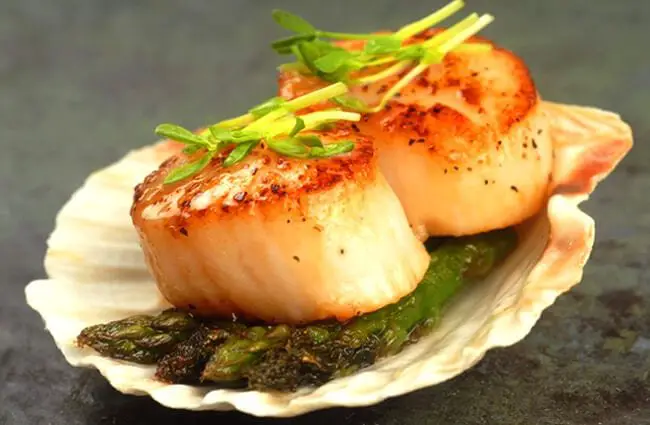
The Ocean’s Acrobat: How Scallops Move
Unlike clams that burrow or oysters that cement themselves, many scallops are capable of impressive bursts of swimming. This is achieved through a rapid clapping motion of their shells, expelling jets of water from either side of the hinge. This jet propulsion allows them to escape predators like sea stars or crabs, or to relocate to more favorable feeding grounds. It’s a truly mesmerizing sight to witness a scallop “flying” through the water.
Scallops in the Web of Life and Human Culture
Scallops are not isolated entities; they are integral components of marine ecosystems and have woven themselves into the fabric of human culture and economy.
Ecosystem Contributions and Interactions
Scallops play several vital roles in their marine environments:
- Water Filtration: As filter feeders, they significantly improve water quality by removing suspended particles, which can benefit other marine life, including seagrass beds and corals.
- Food Source: Scallops are a food source for a variety of marine predators, including sea stars, crabs, octopuses, fish, and even some marine mammals. Their ability to swim is a key defense mechanism against these threats.
- Habitat Creation: In some areas, dense scallop beds can create complex habitats that provide shelter and foraging opportunities for smaller invertebrates and fish.
Their interaction with other animals is a dynamic dance of predator and prey, where the scallop’s keen senses and rapid escape maneuvers are often put to the test.
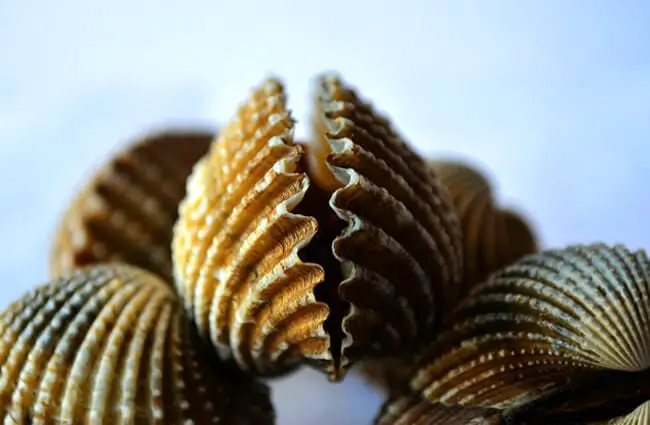
Scallops and Humanity: From Plate to Symbol
The relationship between humans and scallops is long and multifaceted. For centuries, scallops have been a prized seafood, celebrated for their sweet, tender meat. This culinary appeal has led to significant commercial fisheries and, more recently, to the development of aquaculture practices to meet demand sustainably.
Beyond the dinner plate, the scallop shell holds deep cultural significance. It is famously associated with Saint James the Greater, becoming a symbol for pilgrims on the Camino de Santiago. It also represents fertility, safe travel, and the ocean itself in various cultures and artistic expressions. Its elegant form has inspired countless designs, from architecture to jewelry.
Human Interaction and Conservation
Human interaction with scallops primarily revolves around fishing and aquaculture. Sustainable fishing practices, including catch limits, gear restrictions, and marine protected areas, are crucial for maintaining healthy scallop populations. Aquaculture, or scallop farming, offers a way to reduce pressure on wild stocks and provide a consistent supply.
Conservation efforts often focus on habitat protection, as scallops are sensitive to pollution and habitat degradation. Understanding their life cycles and ecological roles is key to ensuring these remarkable bivalves continue to thrive for generations to come.

Practical Insights: Encountering and Caring for Scallops
Whether you are an adventurer, a student, or a professional, understanding how to interact responsibly with scallops is important.
For the Hiker or Beachcomber: What to Do if You Find a Scallop
If you are hiking near the coast or exploring a beach and encounter a scallop, especially one washed ashore, observe it respectfully. If it is alive and in distress, gently return it to the water if possible, ensuring it is placed in a calm, sheltered area away from strong currents or direct sunlight. If it is clearly deceased, you might admire its shell, which is a beautiful natural souvenir. Remember, live scallops are marine animals and should not be removed from their habitat.
For the Aspiring Zoologist: Deepening Your Knowledge
For those embarking on a career in zoology or marine biology, scallops offer a rich field of study. Research into their sensory biology, particularly their complex eyes, their unique swimming mechanics, reproductive strategies, and their role in ecosystem health, continues to yield fascinating discoveries. Studying scallops can provide insights into bivalve evolution, adaptation to marine environments, and the impacts of climate change and ocean acidification on marine invertebrates.
Interesting Fact: Some scallop species can have over 100 eyes, each equipped with a retina and a mirror-like structure called a tapetum, which helps them gather light in dim conditions.
For the Zookeeper: Caring for Scallops in Captivity
Caring for scallops in a captive environment, such as an aquarium, requires careful attention to their specific needs to ensure their health and well-being.
- Water Quality: Maintaining pristine water conditions is paramount. This includes stable salinity (typically 30-35 ppt), appropriate temperature (species-specific, often cool to temperate), pH (8.0-8.4), and dissolved oxygen levels. Regular filtration and water changes are essential.
- Diet: Scallops are filter feeders, so a consistent supply of appropriate microalgae or phytoplankton is necessary. Commercial phytoplankton cultures or live cultures can be used. Feeding should be done carefully to avoid overfeeding and fouling the water.
- Substrate: Provide a suitable substrate, such as clean sand or fine gravel, allowing species that partially bury themselves to do so. Ensure the tank environment is free from sharp objects that could damage their delicate mantle.
- Water Flow: Gentle to moderate water flow is important to bring food particles to the scallops and to simulate their natural environment, but avoid strong, direct currents that could stress them.
- Monitoring: Regularly observe scallops for signs of stress or illness, such as gaping shells, lack of movement, or discoloration.
Tasks to Perform:
- Daily water parameter checks.
- Regular feeding with appropriate phytoplankton.
- Routine tank cleaning and substrate siphoning.
- Monitoring for predators or parasites if other species are present.
- Observing behavior and physical condition.
What to Avoid:
- Sudden changes in water parameters, which can cause severe stress.
- Overfeeding, leading to poor water quality.
- Introducing incompatible tank mates that might prey on or disturb the scallops.
- Handling scallops unnecessarily, as they are delicate creatures.
- Exposure to air for extended periods.
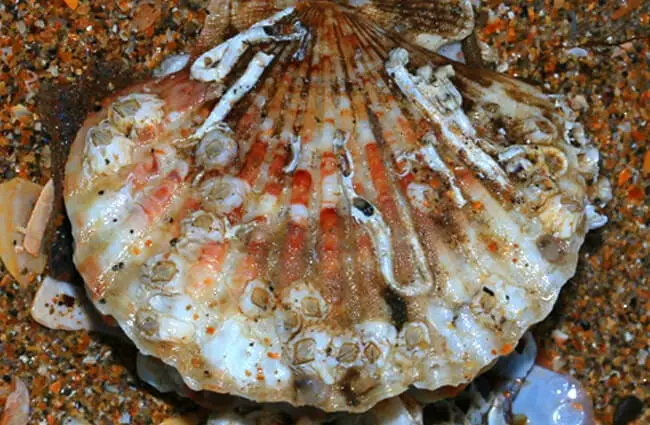
A Treasure of the Deep: More Fascinating Scallop Facts
The world of scallops is full of intriguing details that continue to captivate scientists and enthusiasts alike:
- Shell Diversity: Scallop shells come in an astonishing array of colors, patterns, and textures, from smooth and iridescent to heavily ribbed and camouflaged.
- Longevity: Depending on the species, scallops can live for several years, with some deep-sea species living for decades.
- Regeneration: Scallops have some capacity for regeneration, particularly of their eyes and tentacles along the mantle edge.
- Sensory Abilities: Beyond their eyes, scallops possess chemoreceptors that allow them to “taste” the water for food and detect predators.
- Byssal Threads: While many adult scallops are free-swimming, juveniles and some adult species can produce byssal threads, strong protein fibers used to temporarily attach themselves to surfaces.
- Adductor Muscle Size: The large adductor muscle, so prized by humans, is a testament to the energy required for their unique swimming ability.
![Giant sea scallop opened.Photo by: By YuryKirienko [CC0], from Wikimedia Commons](https://animals.net/wp-content/uploads/2018/09/Scallop-6-650x425.jpg)
Conclusion: The Enduring Allure of the Scallop
From their ancient origins to their vital role in modern ecosystems, scallops are truly remarkable creatures. Their shimmering eyes, powerful swimming, and delicate filter-feeding mechanisms paint a picture of a bivalve that is anything but sedentary. As we continue to explore and understand the intricate wonders of our oceans, the scallop stands as a shining example of marine ingenuity and beauty. Appreciating these animals, whether in the wild, on a research bench, or even on a plate, deepens our connection to the incredible biodiversity that thrives beneath the waves. Let us continue to champion their conservation, ensuring that the dance of the scallop endures for generations to come.


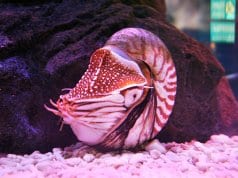
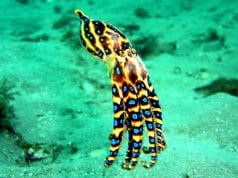
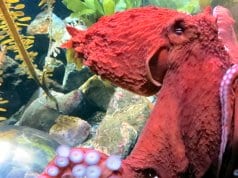
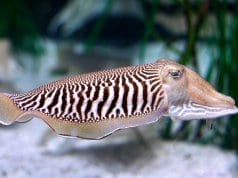
![Red Angus Closeup of a beautiful Red Angus cowPhoto by: U.S. Department of Agriculture [pubic domain]https://creativecommons.org/licenses/by/2.0/](https://animals.net/wp-content/uploads/2020/03/Red-Angus-4-100x75.jpg)

